How many oceans are there?
We’ve all heard the old adage of how the pirates of yesteryear sailed the “seven seas”, but exactly how many seas, or oceans, are there? Well it depends on who you ask, so let’s start at the smallest number and work up.
 Tobias Jung via map-projections.net CC BY-SA 4.0
Tobias Jung via map-projections.net CC BY-SA 4.0
One ocean
Most people agree that there is one ocean composed of salt water, covering about 71% of the Earth’s surface and accounting for 97% of all water on the planet. This water is connected by the global ocean conveyor belt: a system of currents that move water, minerals, organisms and heat around the world. These currents are driven by several factors including the moon, the Earth’s rotation and the water’s salinity, temperature and density.
However, it can sometimes be convenient to divide the whole ocean into smaller sections, just like how we divide land into countries or continents. There are a few ways to do this.
Three oceans
The first way is by looking at how the Ocean is split into three by the large land masses of the Americas, Africa and Oceania. Using this system, the named oceans are the Atlantic Ocean, the Indian Ocean and the Pacific Ocean.
Four oceans
At very high latitudes, the ocean tends to be covered by ice, for at least part of the year, which is why many people consider the Arctic Ocean to be the fourth ocean.
Five oceans
In 2000, the International Hydrographic Organisation proposed that the water surrounding Antarctica be added to the list as the fifth ocean called the Southern Ocean. However, just like on land, some countries did not agree with where the boundaries of this ocean should be. Many countries still choose to recognise the Southern Ocean even though the proposal hasn’t been officially ratified.
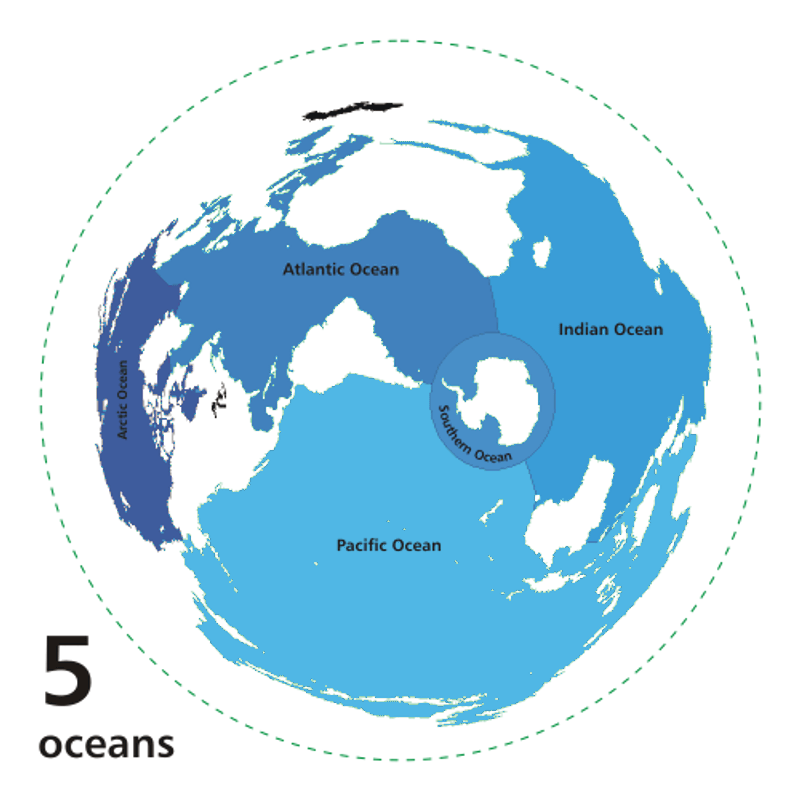
'Seven Seas'
The so-called ‘seven seas’ have changed over time. Since the 19th century, their distinction has resulted from separating the Atlantic and Pacific Oceans into North and South subdivisions. Thus the seven seas would be the North Atlantic, South Atlantic, North Pacific, South Pacific, Arctic, Indian and Southern Oceans.
Other seas
What about seas like the Mediterranean Sea or the Red Sea? They are actually just parts of the larger oceans. The Mediterranean Sea is part of the Atlantic Ocean as it is connected through the Straits of Gibraltar and the Red Sea is part of the Indian Ocean.
Inland seas
There are also some famous so-called ‘inland seas’, such as the Caspian Sea and the Dead Sea. These are considered to be lakes because they aren’t connected to the rest of the ocean.
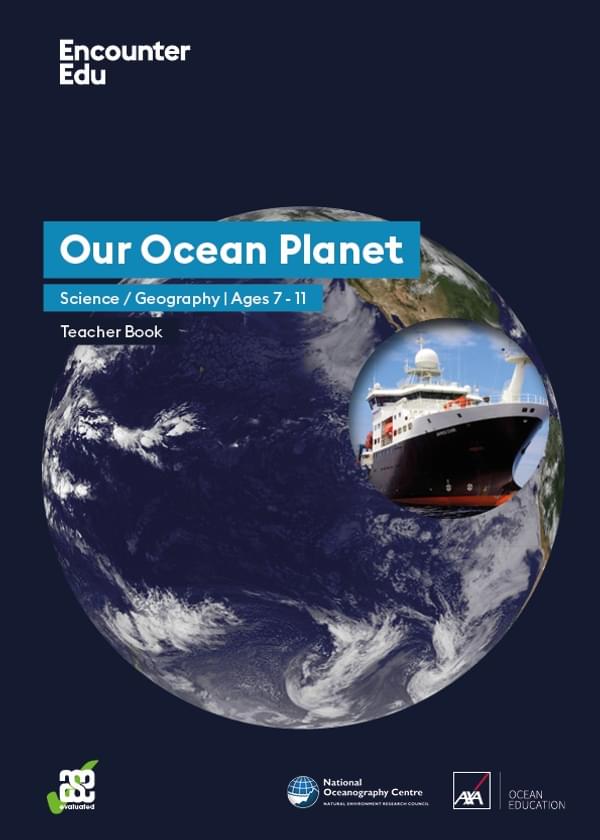
Science / Geography | Ages 7-11
Our Ocean Planet
Our Ocean Planet Science Geography ages 7-11 unit is a KS2 teacher resource. Students discover marine topics across both the UK and globally, developing ocean literacy.

Cross-curricular | Ages 5-7
Oceans for beginners
Oceans for beginners ages 5-7 unit is a cross-curricular KS1 teacher resource. Students go on a three-part journey where they realise the awe of oceans, how important they are, and the dangers they face.
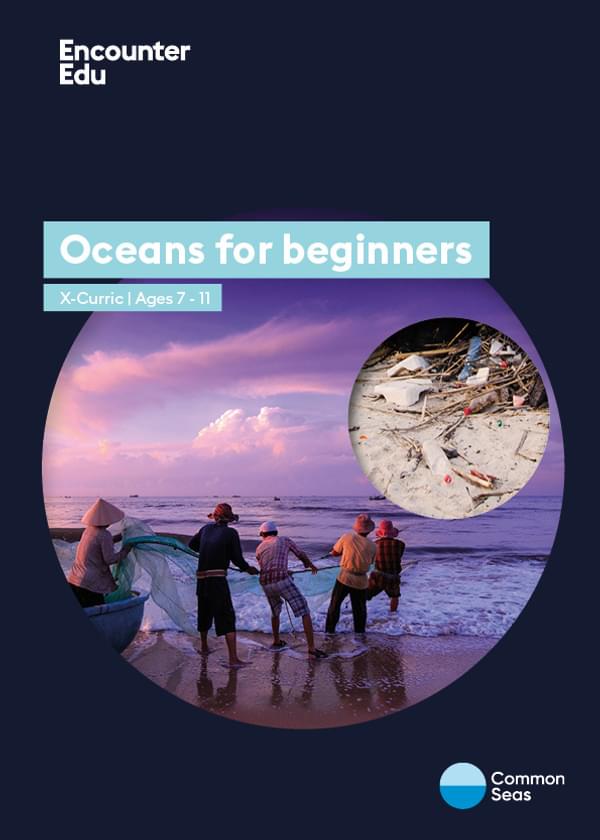
Cross-curricular | Ages 7-11
Oceans for beginners
Oceans for beginners ages 7-11 unit is a cross-curricular KS2 teacher resource. Students go on a three-part journey where they realise the awe of oceans, how important they are, and the dangers they face.
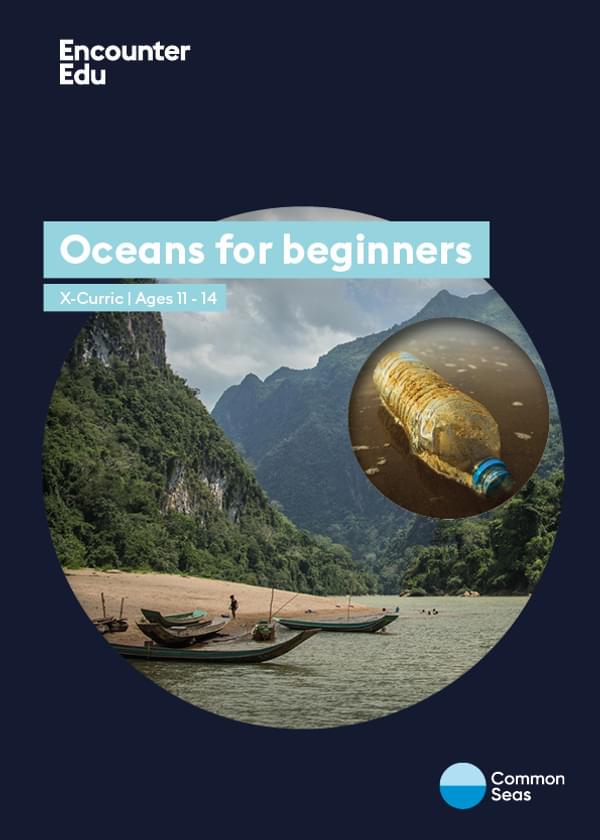
Cross-curricular | Ages 11-14
Oceans for beginners
Oceans for beginners ages 11-14 unit is a cross-curricular KS3 teacher resource. Students go on a three-part journey where they realise the awe of oceans, how important they are, and the dangers they face.
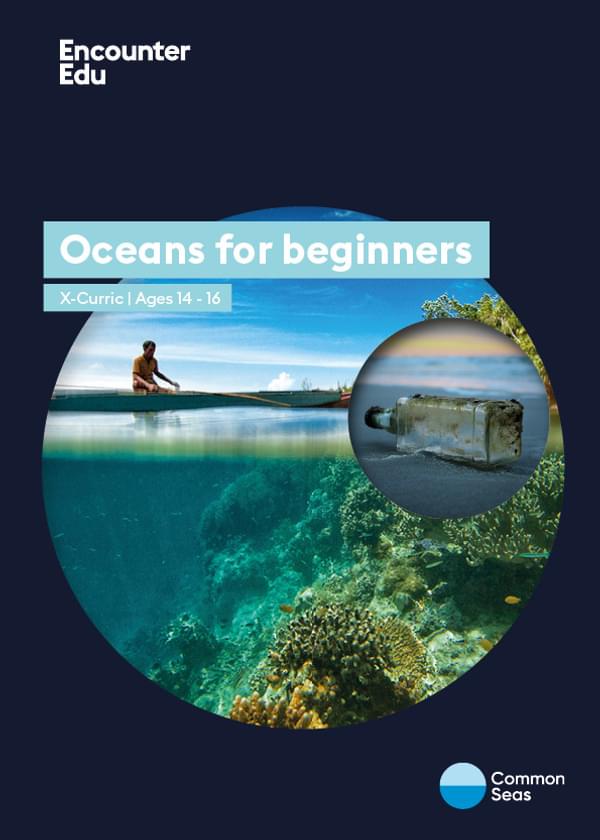
Cross-curricular | Ages 14-16
Oceans for beginners
Oceans for beginners ages 14-16 unit is cross-curricular KS4 teacher resource. Students go on a three-part journey where they realise the awe of oceans, how important they are, and the dangers they face.
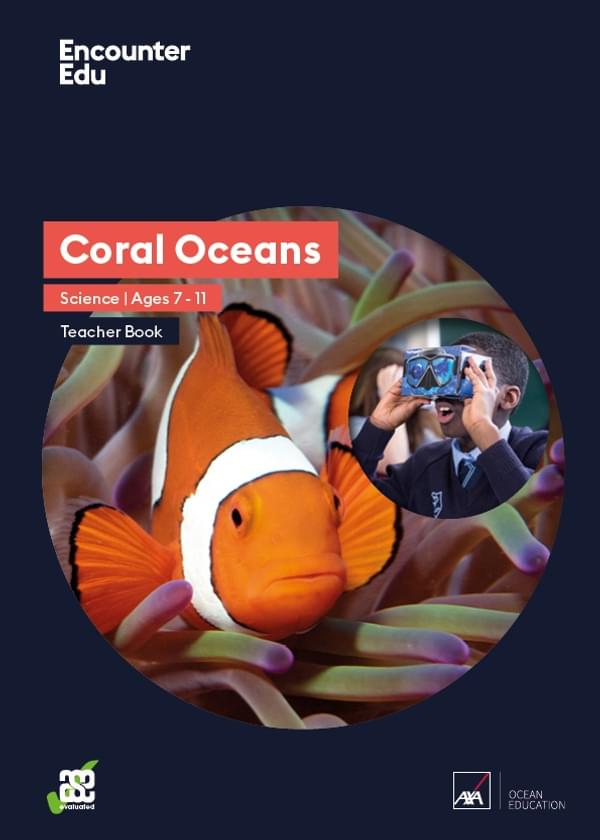
Science | Ages 7-11
Coral Oceans
These resources for ages 7-11 are based on the journeys undertaken by science teams taking part in the XL Catlin Seaview Survey expeditions. These resources present a complete scheme of work for the science classroom, covering core science and sustainability curriculum areas as well as enhancing students' creative and communications skills.

Geography | Ages 11-14
Ocean & Climate
Ocean & Climate | Geography | Ages 11-14 is a KS3 teacher resource. This comprehensive unit students' understanding of climate change, ocean, and sustainability topics. It is based on the work of the Convex Seascape Survey.
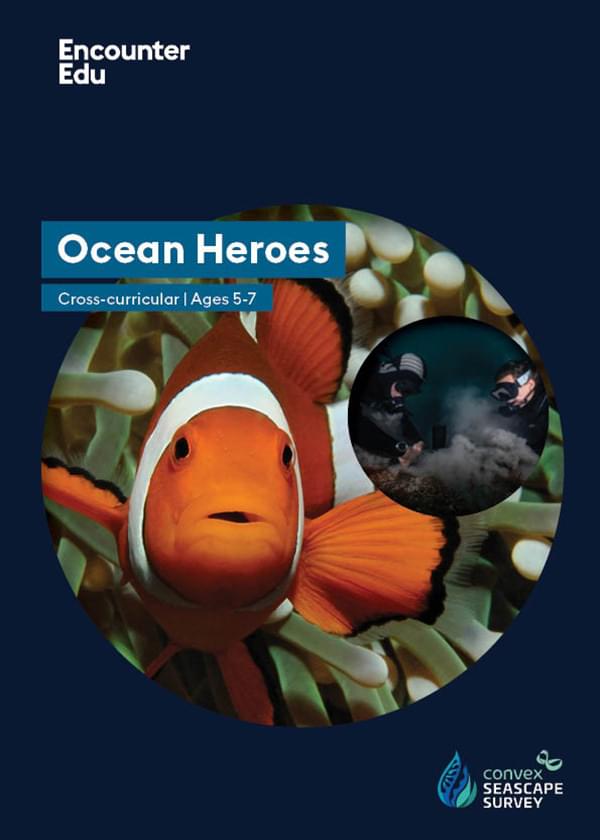
Science / Geography / Cross-curricular | Ages 5-7
Ocean Heroes
This engaging unit takes young learners on a journey through our ocean world, exploring marine habitats, animals, and the connection between humans and the sea. Designed specifically for Key Stage 1 students, this unit builds foundational understanding of ocean environments while nurturing values of wonder, care, and environmental stewardship.